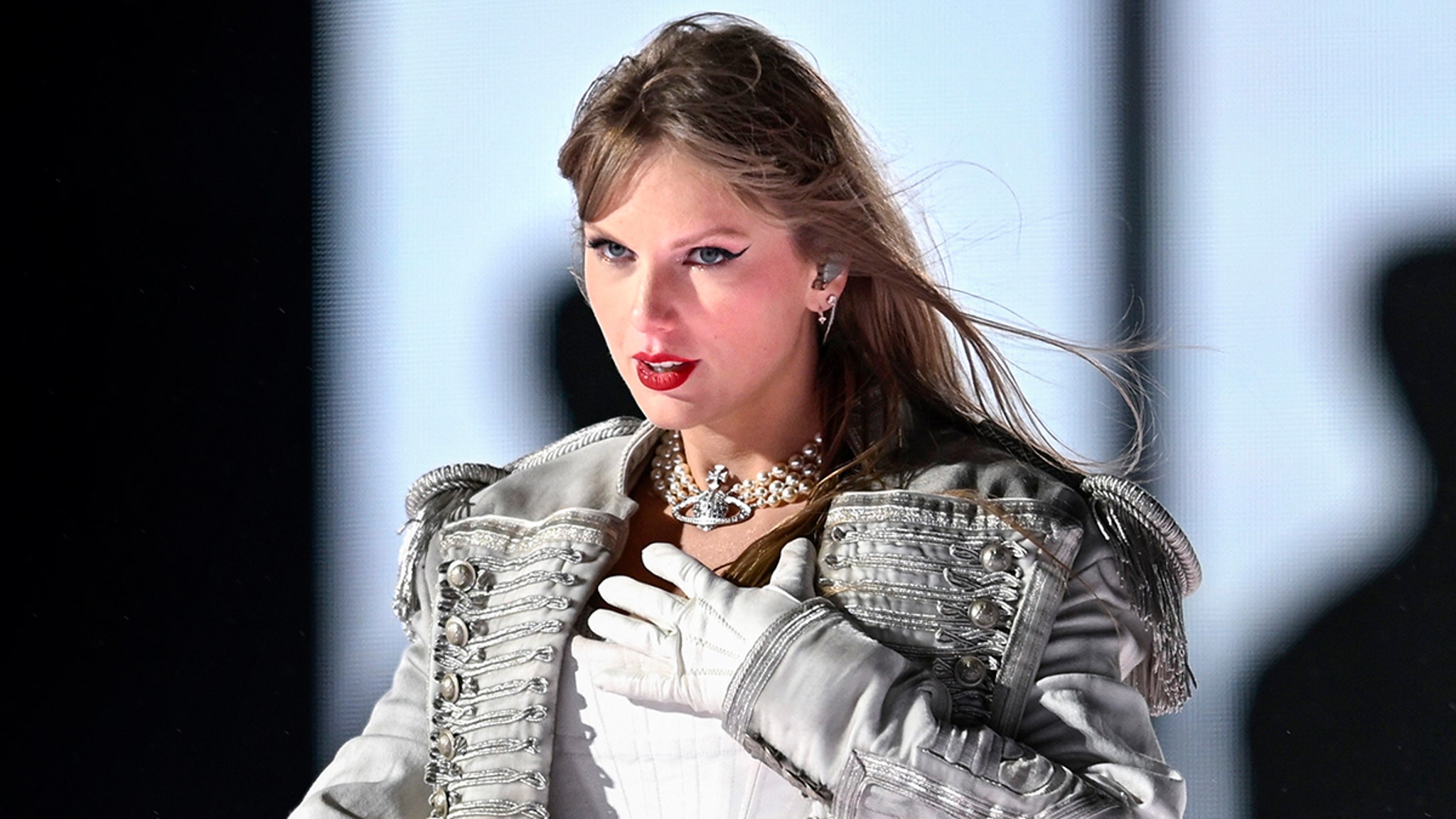A satellite image shows an overview of the International Space Station with the Boeing Starliner spacecraft, June 7, 2024.
Maxar Technologies | Via Reuters
Boeing‘s Starliner capsule “Calypso” will stay at the International Space Station twice as long as the mission originally planned, NASA announced Friday.
This developmental nature of the mission, known as Boeing’s crew flight test, is on display as the company and NASA are performing a variety of tests on Starliner while it is docked with the ISS. The mission represents the first time Starliner carries crew, with Butch Wilmore and Suni Williams set to fly the spacecraft back to Earth next week.
Before launching on June 5, Boeing and NASA planned for Starliner to be in space for nine days.
But Calypso’s mission is now expected to return to Earth on June 22, departing the ISS at 11:42 p.m. ET on June 21 before landing roughly six and half hours later, at 6:26 a.m. ET. That means the Starliner crew flight test will now last at least 17 days, about double the original plan, for further spacecraft testing.
NASA said those tests include operating the capsule’s hatch, firing seven of its thrusters and checking the cabin air temperature, all while the program’s managers and astronauts “finalize departure planning and operations.”
The agency also noted that Starliner would “repeat some ‘safe haven’ testing,” but did not explain why that was necessary. A safe haven test is when astronauts on the ISS use a spacecraft for shelter during an emergency. NASA said “the spacecraft remains cleared for crew emergency return scenarios within the flight rules,” referencing the possible scenario of an unexpected evacuation of the astronauts off the ISS.
NASA, after publishing an update Friday, deferred CNBC’s request for further clarification until a press conference that will be held Tuesday before the planned departure.
The crew flight test represents a final major step before NASA certifies Boeing to fly crew on operational, six-month missions. Yet, similar to the previous two spaceflights that were uncrewed, Starliner is running into several problems during the mission.
Before the launch, a single leak in Calypso’s helium propulsion system was identified. The leak was deemed to be stable and not a threat to the capsule’s safety, so the launch moved forward and was successful in delivering Starliner to the ISS.
However, since docking with the ISS, the spacecraft has sprung four additional helium leaks. NASA earlier this week wrote that Calypso “has plenty of margin to support the return trip” based on the current rate of the five leaks, with 10 times the needed capacity of helium in its tanks.

While Boeing was guiding Starliner in for docking, another issue â which NASA says is separate from the helium leaks â cropped up with the spacecraft propulsion system. Starliner has 28 jets, known as its reaction control system, or RCS, engines, which help the spacecraft make small movements in orbit.
Five of the 28 thrusters were not operating but after troubleshooting, Boeing recovered four of Starliner’s malfunctioning jets and NASA allowed the spacecraft to dock.
NASA said Friday that it would perform hot fire testing before undocking with seven of the eight thrusters near the spacecraft’s tail. Hot fires are very brief bursts of the thrusters, with Boeing looking to evaluate the thrusters’ performance. NASA did not specify whether any of the seven thrusters that will undergo testing were the same as the five that stopped operating before docking.
Boeing Vice President Mark Nappi said in a statement that despite the mission doubling in length, “We have plenty of margin and time on station” remaining.
Starliner was once seen as a competitor to SpaceX’s Dragon, which has made 12 crewed trips to the ISS over the past four years. However, various setbacks and delays have steadily slipped Starliner into a backup position for NASA, with the agency planning to have SpaceX and Boeing fly astronauts on alternating flights.
Boeing’s Starliner capsule is seen while approaching the International Space Station with two NASA astronauts on board on June 6, 2024.
NASA TV
Correction: A previous version of this article misstated the duration of the flight test.








